Spaceborne Interrupted Frequency Modulation Continuous Wave SAR Imaging Based on Accumulated Aperture Interpolation Technique
-
摘要: 间断调频连续波(IFMCW)合成孔径雷达(SAR)模式通过在不同时间间隔内交替发射和接收信号,解决了星载调频连续波(FMCW)SAR必须收发分置的问题。然而,在该模式下,雷达天线会间歇性地工作于发射和接收状态,从而导致回波数据中出现周期性的空缺。为了解决上述问题,该文提出了一种基于积累孔径插值技术的缺失数据迭代自适应成像处理方法(MIAA-AAIT),用于恢复缺失的数据。实验结果表明,所提方法可以有效地恢复缺失数据,从而显著提高成像质量,大幅降低由周期性数据缺失引起的虚假目标能量。Abstract: The Intermittent Frequency Modulation Continuous Wave (IFMCW) Synthetic Aperture Radar (SAR) mode solves the problem that the spaceborne Frequency Modulation Continuous Wave (FMCW) SAR must be bistatic by alternately transmitting and receiving signals in different time intervals. However, in this mode, the radar antenna will work intermittently in the transmitting and receiving state, resulting in periodical gaps in the echo data. In order to solve the above problems, a Missing-data Iterative Adaptive imaging processing Approach (MIAA) is proposed, based on Accumulated Aperture Interpolation Technique (AAIT) to recover the data gaps. Experimental results show that the proposed method can effectively recover missing data, thus improving significantly imaging quality and suppressing greatly the artifacts energy caused by the periodical data gaps.
-
表 1 星载IFMCW SAR模式仿真参数
参数 数值 参数 数值 雷达工作载频(Hz) 16.70 脉冲发射频率(Hz) 3479.00 雷达有效速度(m/s) 7613.00 天线长度(m) 4.48 带宽(MHz) 180.00 接收脉冲(个) 13 景中心斜距(km) 534.00 缺失脉冲(个) 12 发射脉冲时宽(μs) 266.71 斜视角(°) 0 表 2 研究区域IC和IE
模式 IC IE FMCW 1.70 10.35 IFMCW 0.94 11.53 LPM-AAIT 1.58 10.92 MIAA-AAIT 1.63 10.56 -
[1] 李春升, 王伟杰, 王鹏波, 等. 星载SAR技术的现状与发展趋势[J]. 电子与信息学报, 2016, 38(1): 229–240. doi: 10.11999/JEIT151116LI Chunsheng, WANG Weijie, WANG Pengbo, et al. Current situation and development trends of spaceborne SAR technology[J]. Journal of Electronics &Information Technology, 2016, 38(1): 229–240. doi: 10.11999/JEIT151116 [2] 邓云凯, 禹卫东, 张衡, 等. 未来星载SAR技术发展趋势[J]. 雷达学报, 2020, 9(1): 1–33. doi: 10.12000/JR20008DENG Yunkai, YU Weidong, ZHANG Heng, et al. Forthcoming spaceborne SAR development[J]. Journal of Radars, 2020, 9(1): 1–33. doi: 10.12000/JR20008 [3] MOREIRA A, PRATS-IRAOLA P, YOUNIS M, et al. A tutorial on synthetic aperture radar[J]. IEEE Geoscience and Remote Sensing Magazine, 2013, 1(1): 6–43. doi: 10.1109/MGRS.2013.2248301 [4] SALZMAN J, AKAMINE D, LEFEVRE R, et al. Interrupted synthetic aperture radar (SAR)[C]. 2001 IEEE Radar Conference (Cat. No. 01CH37200), Atlanta, USA, 2001: 117–122. doi: 10.1109/NRC.2001.922962. [5] STOVE A G. Linear FMCW radar techniques[J]. IEE Proceedings F (Radar and Signal Processing) , 1992, 139(5): 343–350. doi: 10.1049/ip-f-2.1992.0048 [6] AHMED N and UNDERWOOD C. Monostatic CW SAR concept for Microsatellites[C]. The 8th European Conference on Synthetic Aperture Radar, Aachen, Germany, 2010: 736–739. [7] HOOGEBOOM P, HANSSEN R, PASTENA M, et al. PanelSAR, an FMCW based X-band smallsat SAR for infrastructure monitoring[C]. The 27th Annual AIAA/USU Conference on Small Satellites, Logan, USA, 2013: 1–5. [8] LIU Y, DENG Y K, WANG R, et al. Signal model and imaging algorithm for spaceborne interrupted continuous-wave synthetic aperture radar[J]. IET Radar, Sonar & Navigation, 2012, 6(5): 348–358. doi: 10.1049/iet-rsn.2011.0287 [9] LI Ning, WANG R, DENG Yunkai, et al. Improved full-aperture ScanSAR imaging algorithm based on aperture interpolation[J]. IEEE Geoscience and Remote Sensing Letters, 2015, 12(5): 1101–1105. doi: 10.1109/LGRS.2014.2384594 [10] LI Ning, NIU Shilin, GUO Zhengwei, et al. Processing spaceborne interrupted FMCW SAR data with modified aperture interpolation technique[C]. 2018 IEEE International Geoscience and Remote Sensing Symposium, Valencia, Spain, 2018: 6695–6698. doi: 10.1109/IGARSS.2018.8518659. [11] LIU Kang, YU Weidong, and LV Jiyu. Azimuth interrupted FMCW SAR for high-resolution imaging[J]. IEEE Geoscience and Remote Sensing Letters, To be published. [12] 王钢, 周若飞, 邹昳琨. 基于压缩感知理论的图像优化技术[J]. 电子与信息学报, 2020, 42(1): 222–233. doi: 10.11999/JEIT190669WANG Gang, ZHOU Ruofei, and ZOU Yikun. Research on image optimization technology based on compressed sensing[J]. Journal of Electronics &Information Technology, 2020, 42(1): 222–233. doi: 10.11999/JEIT190669 [13] STOICA P, LI Jian, and LING Jun. Missing data recovery via a nonparametric iterative adaptive approach[J]. IEEE Signal Processing Letters, 2009, 16(4): 241–244. doi: 10.1109/LSP.2009.2014114 [14] HUANG He, HUANG Penghui, LIU Xingzhao, et al. A novel unambiguous spectrum reconstruction algorithm for space-borne high resolution and wide swath SAR imaging based on iterative adaptive algorithm[C]. The 6th Asia-Pacific Conference on Synthetic Aperture Radar (APSAR), Xiamen, China, 2019: 1–6. doi: 10.1109/APSAR46974.2019.9048447. [15] YARDIBI T, LI Jian, STOICA P, et al. Source localization and sensing: A nonparametric iterative adaptive approach based on weighted least squares[J]. IEEE Transactions on Aerospace and Electronic Systems, 2010, 46(1): 425–443. doi: 10.1109/TAES.2010.5417172 [16] NING Jiaqi, LIU Dacheng, LIU Kaiyu, et al. An improved full-aperture ScanSAR imaging method integrating the MIAA based aperture interpolation[J]. Journal of Sensors, 2020, 2020: 8196081. doi: 10.1155/2020/8196081 [17] GLENTIS G O and JAKOBSSON A. Efficient implementation of iterative adaptive approach spectral estimation techniques[J]. IEEE Transactions on Signal Processing, 2011, 59(9): 4154–4167. doi: 10.1109/TSP.2011.2145376 [18] BERIZZI F and CORSINI G. Autofocusing of inverse synthetic aperture radar images using contrast optimization[J]. IEEE Transactions on Aerospace and Electronic Systems, 1996, 32(3): 1185–1191. doi: 10.1109/7.532282 [19] LI Xi, LIU Guosui, and NI Jinlin. Autofocusing of ISAR images based on entropy minimization[J]. IEEE Transactions on Aerospace and Electronic Systems, 1999, 35(4): 1240–1252. doi: 10.1109/7.805442 [20] 李春升, 于泽, 陈杰. 高分辨率星载SAR成像与图像质量提升方法综述[J]. 雷达学报, 2019, 8(6): 717–731. doi: 10.12000/JR19085LI Chunsheng, YU Ze, and CHEN Jie. Overview of techniques for improving high-resolution spaceborne SAR imaging and image quality[J]. Journal of Radars, 2019, 8(6): 717–731. doi: 10.12000/JR19085 -





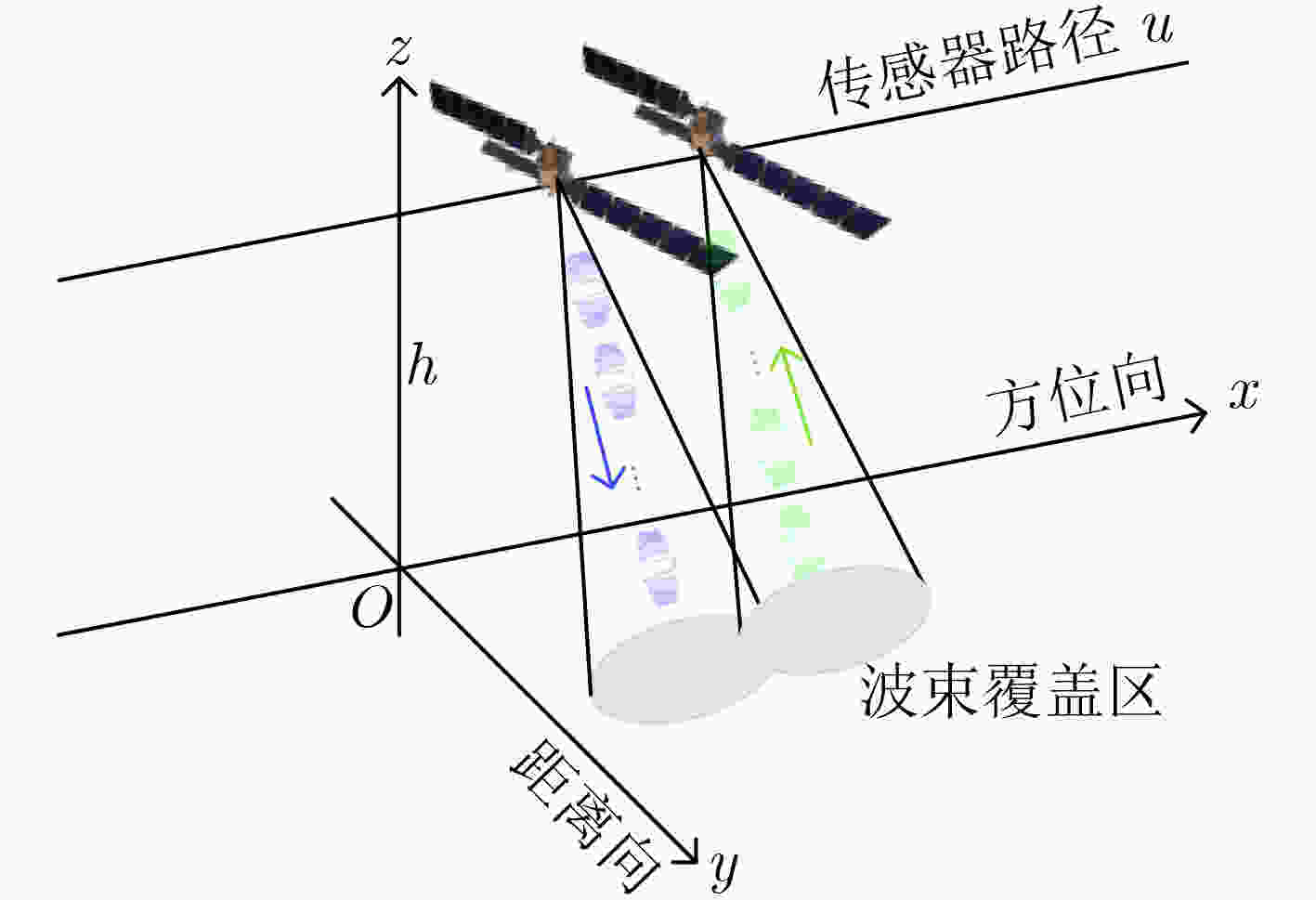
 下载:
下载:

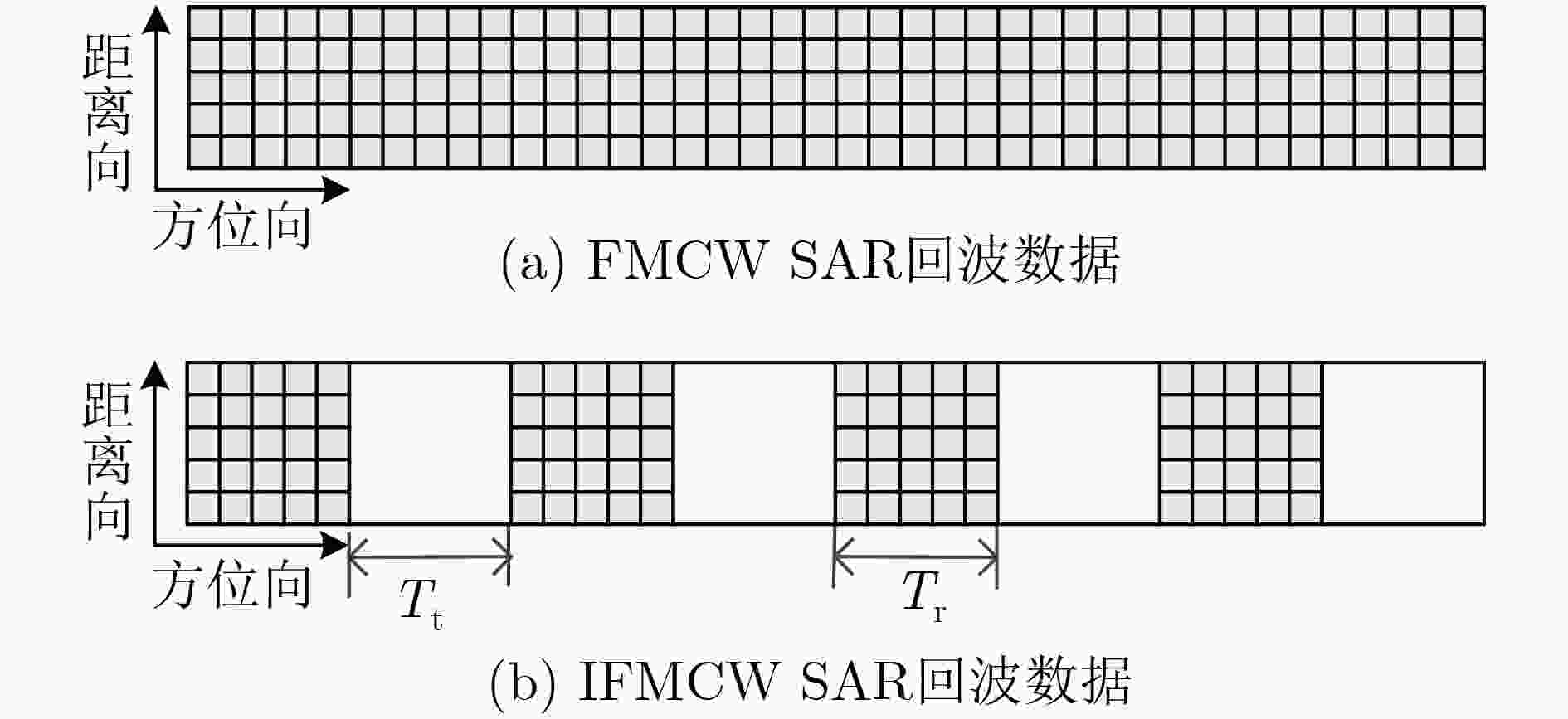
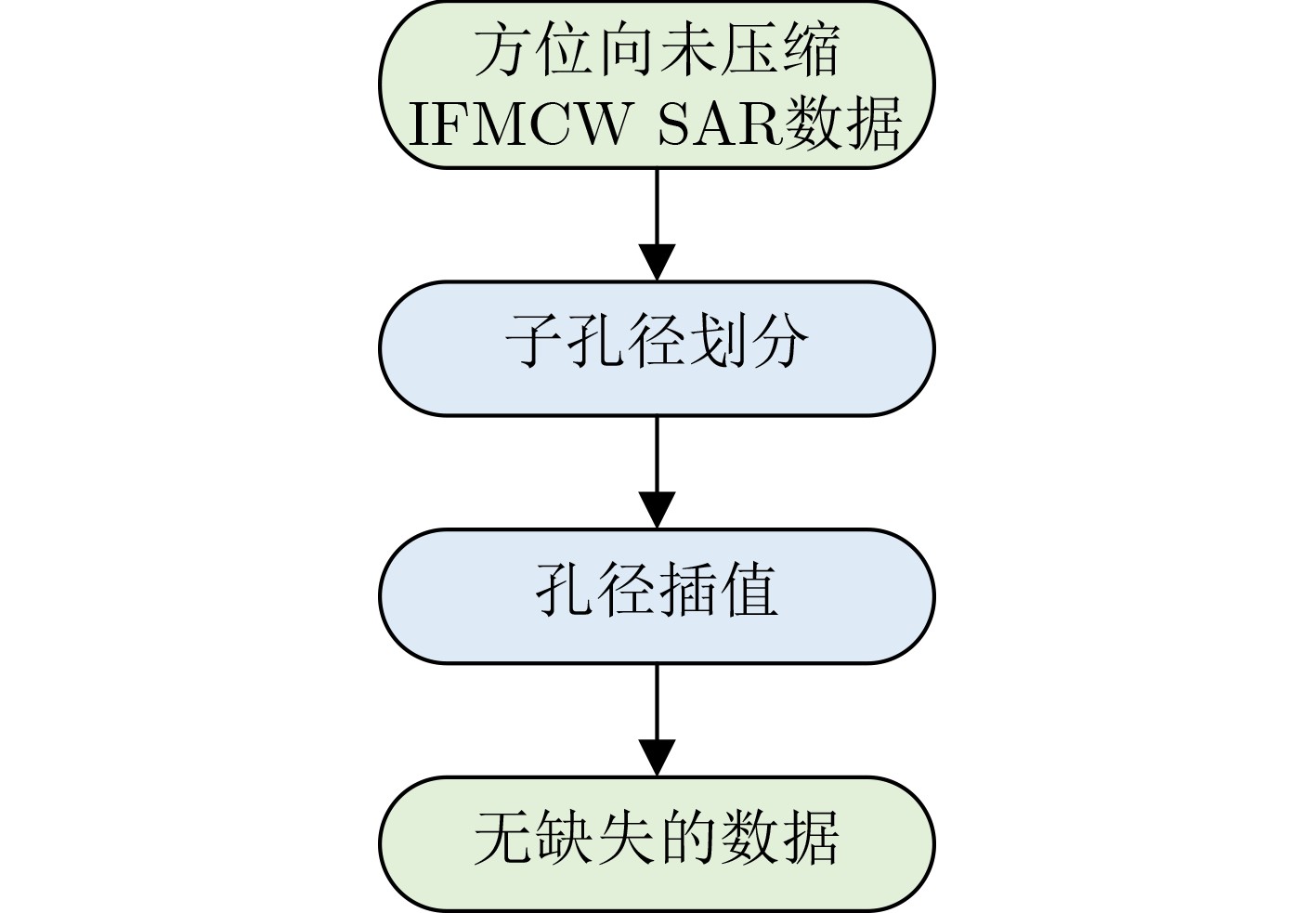

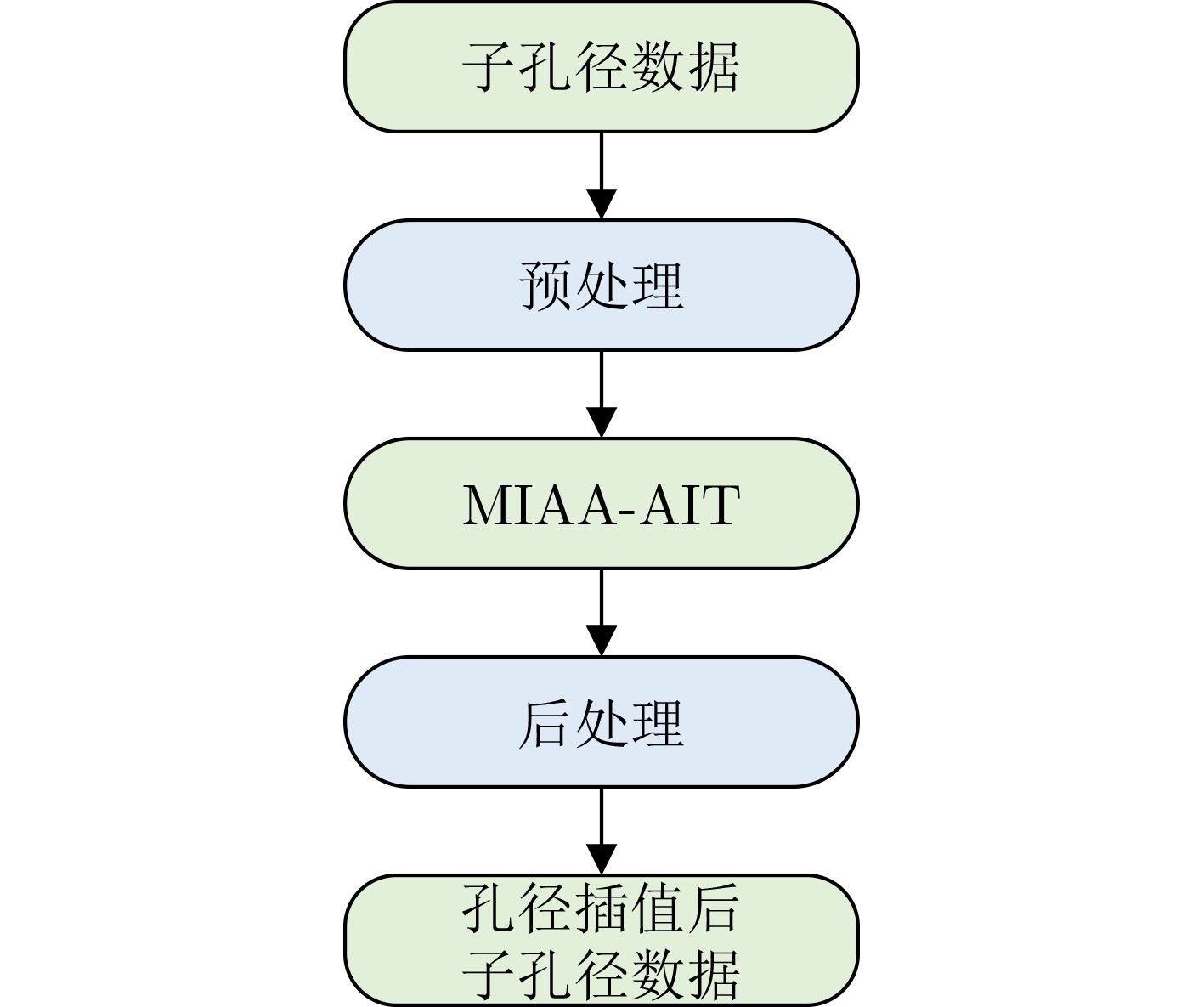
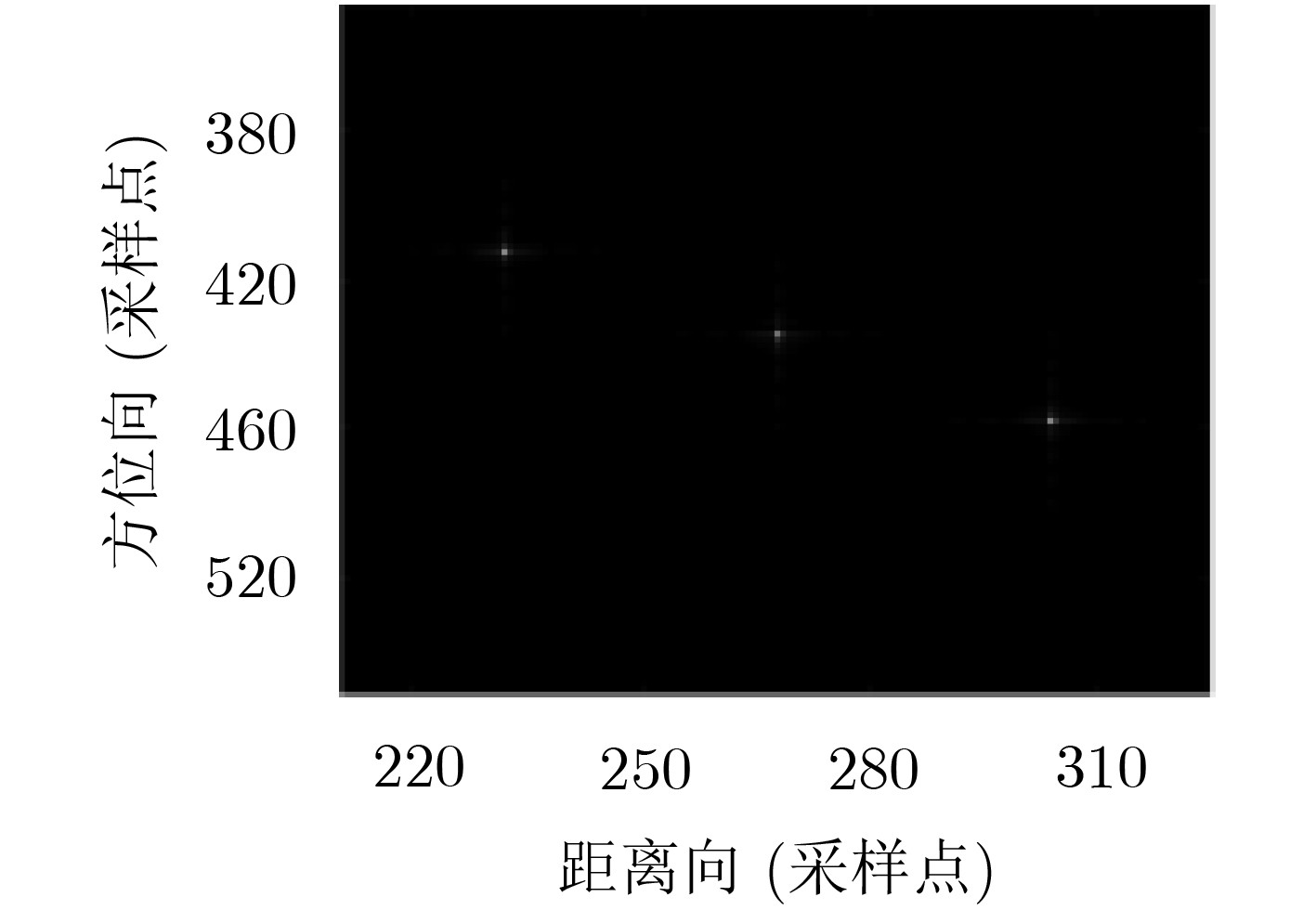
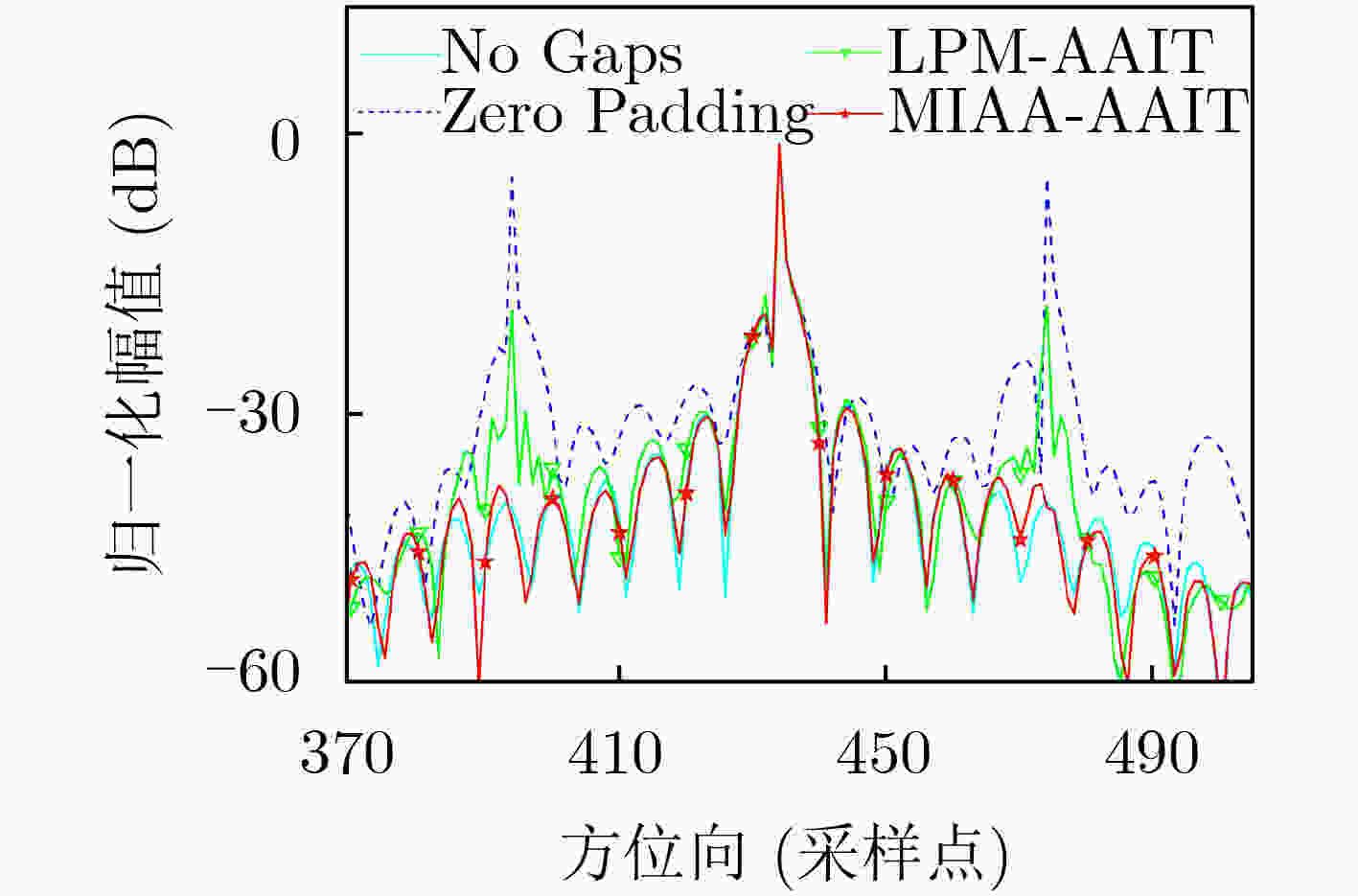

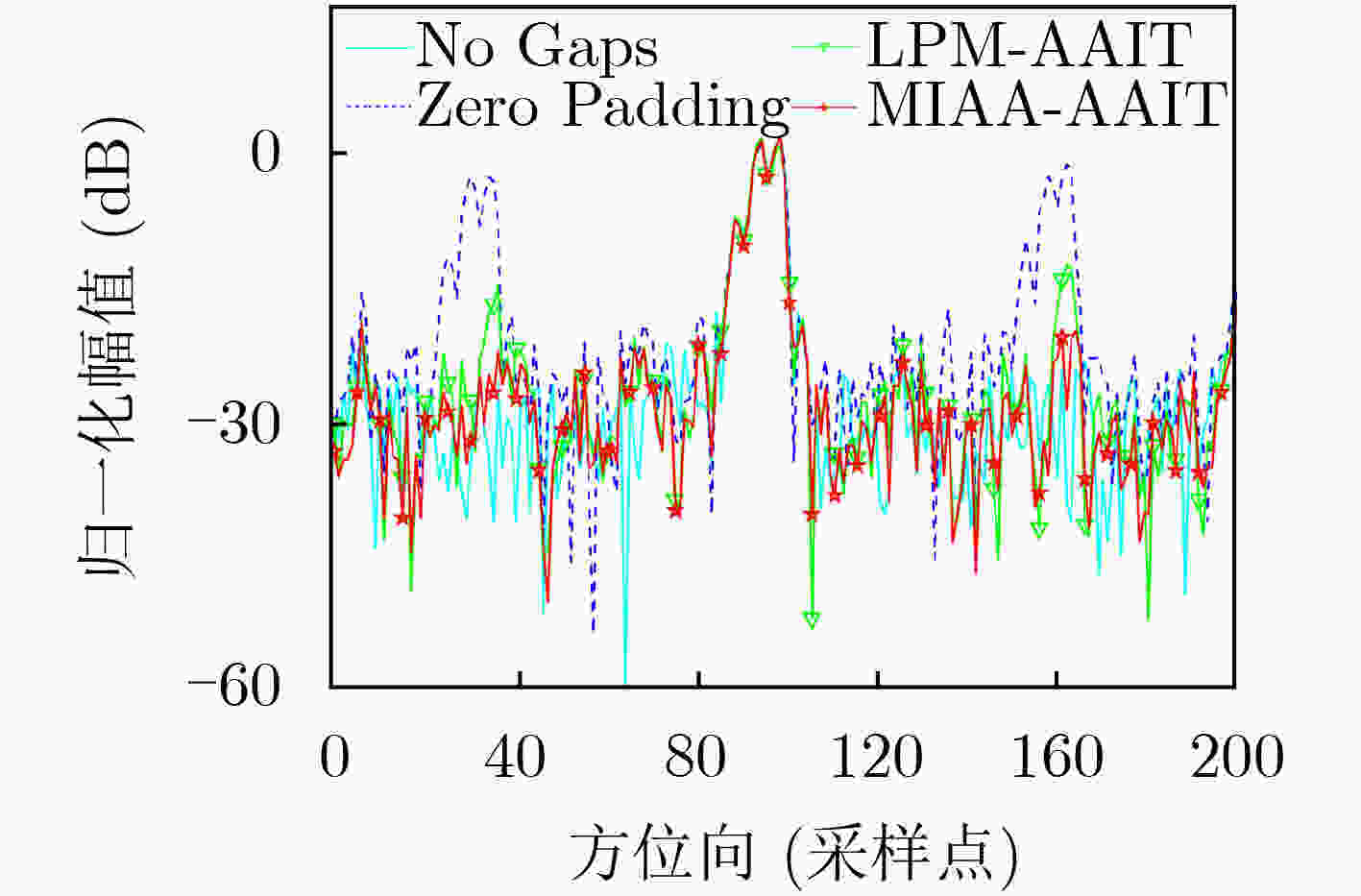


 下载:
下载:
